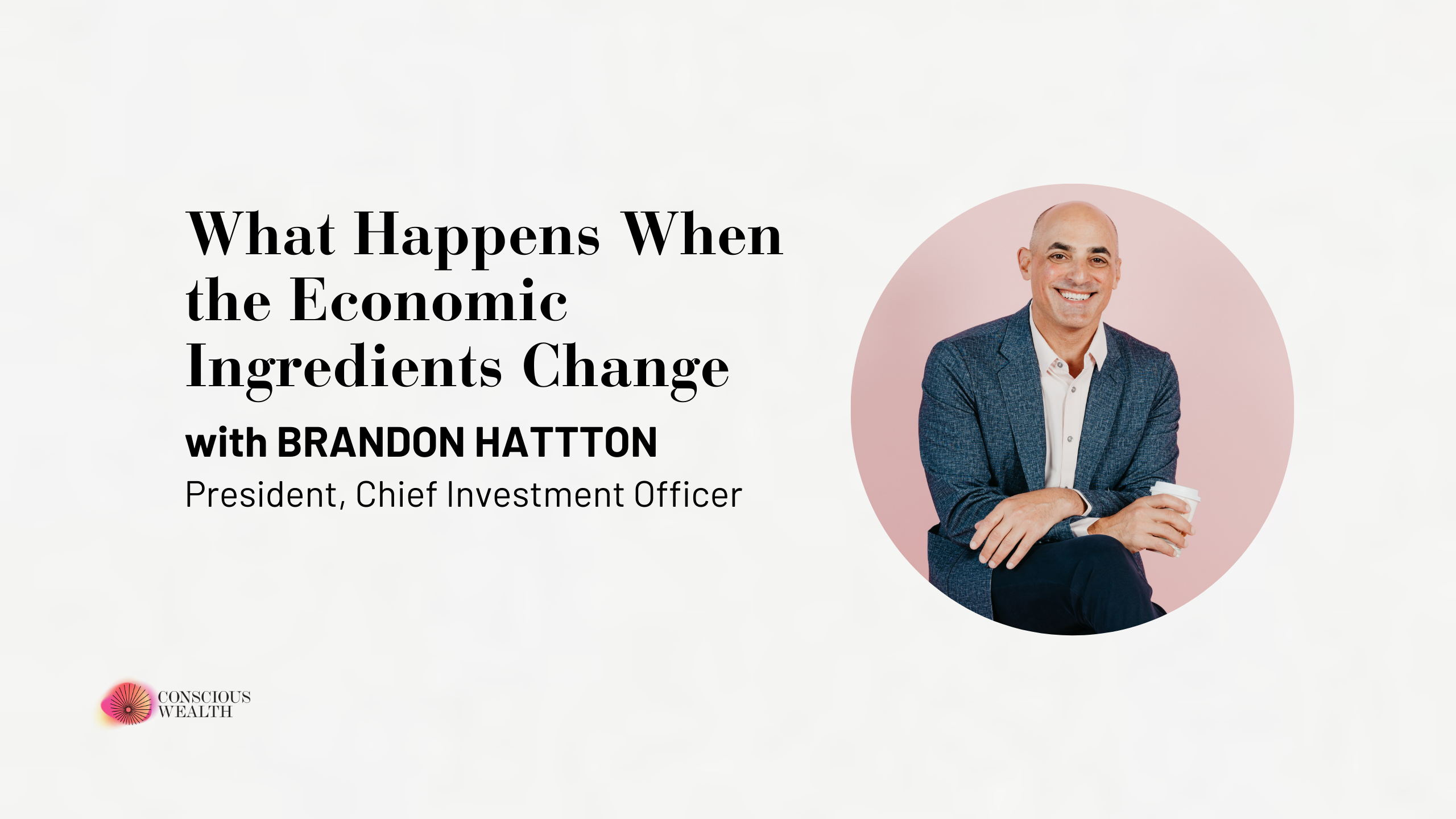When Tradition Meets Technology
July 2025
Letter to Our Clients
“We are drowning in information while starving for wisdom.”
—E.O. Wilson
Lately, I have been reflecting on two powerful institutions: one rooted in tradition and economic stewardship, and the other born of disruption and rapid innovation. At first glance, the Federal Reserve and artificial intelligence may seem like an unlikely pairing. But in today’s economy, their interaction is both real and consequential—and it matters deeply to how we think about the future.
The Federal Reserve remains one of the most influential forces in global markets. Under Chairman Jerome Powell’s leadership, it continues to navigate a delicate mandate: maintaining price stability while fostering full employment. These dual objectives, while essential, often pull in opposite directions. Raise rates too aggressively, and the economy may slow. Hesitate too long, and inflation risks spiraling. Each policy decision is less a command than a signal—one that ripples across credit markets, capital flows, and consumer behavior.
The Fed’s work isn’t flashy; it's not meant to be. It is methodical, data-driven, and designed to operate with minimal fanfare. But its impact is profound, especially during periods of uncertainty, when confidence becomes as important as cash
At the other end of the spectrum is artificial intelligence: fast-moving, decentralized, and evolving in real time. What once felt speculative is now part of daily life. AI is drafting legal documents, optimizing supply chains, analyzing financial models, and diagnosing medical conditions. Its potential is vast—and so are the implications.
In many ways, AI offers what central bankers have always hoped for: more productivity, greater efficiency, and economic innovation. These qualities can act as natural brakes on inflation, allowing growth without overheating. But the path to that kind of efficiency often comes with trade-offs—namely, a shrinking demand for human labor in roles that are routine or rules-based.
Here’s the tension: what benefits the economy at scale can disrupt livelihoods at the human level.
The Federal Reserve can manage interest rates—but it doesn’t retrain displaced workers or rebuild community trust. That responsibility falls elsewhere. On educators. On employers. On policymakers. And on investors like us.
At Conscious Wealth, we’re paying close attention to this moment. We’re not just evaluating where capital may go—we’re reflecting on how value itself is being redefined. Not just by new tools, but by people who are willing to adapt. We believe there will be meaningful opportunities in this environment: companies that deploy AI with both ethics and vision, industries that welcome change instead of resisting it, and individuals who align their decisions with long-term wellbeing.
This is a time to invest not only in markets, but in perspective.
If you’d like to talk about how this evolving dynamic could impact your strategy—financially, generationally, or otherwise—I’m here for that conversation.
Warm regards,
Brandon Hatton
President, Chief Investment Officer
Subscribe
July 2025
Letter to Our Clients
“We are drowning in information while starving for wisdom.”
—E.O. Wilson
Lately, I have been reflecting on two powerful institutions: one rooted in tradition and economic stewardship, and the other born of disruption and rapid innovation. At first glance, the Federal Reserve and artificial intelligence may seem like an unlikely pairing. But in today’s economy, their interaction is both real and consequential—and it matters deeply to how we think about the future.
The Federal Reserve remains one of the most influential forces in global markets. Under Chairman Jerome Powell’s leadership, it continues to navigate a delicate mandate: maintaining price stability while fostering full employment. These dual objectives, while essential, often pull in opposite directions. Raise rates too aggressively, and the economy may slow. Hesitate too long, and inflation risks spiraling. Each policy decision is less a command than a signal—one that ripples across credit markets, capital flows, and consumer behavior.
The Fed’s work isn’t flashy; it's not meant to be. It is methodical, data-driven, and designed to operate with minimal fanfare. But its impact is profound, especially during periods of uncertainty, when confidence becomes as important as cash
At the other end of the spectrum is artificial intelligence: fast-moving, decentralized, and evolving in real time. What once felt speculative is now part of daily life. AI is drafting legal documents, optimizing supply chains, analyzing financial models, and diagnosing medical conditions. Its potential is vast—and so are the implications.
In many ways, AI offers what central bankers have always hoped for: more productivity, greater efficiency, and economic innovation. These qualities can act as natural brakes on inflation, allowing growth without overheating. But the path to that kind of efficiency often comes with trade-offs—namely, a shrinking demand for human labor in roles that are routine or rules-based.
Here’s the tension: what benefits the economy at scale can disrupt livelihoods at the human level.
The Federal Reserve can manage interest rates—but it doesn’t retrain displaced workers or rebuild community trust. That responsibility falls elsewhere. On educators. On employers. On policymakers. And on investors like us.
At Conscious Wealth, we’re paying close attention to this moment. We’re not just evaluating where capital may go—we’re reflecting on how value itself is being redefined. Not just by new tools, but by people who are willing to adapt. We believe there will be meaningful opportunities in this environment: companies that deploy AI with both ethics and vision, industries that welcome change instead of resisting it, and individuals who align their decisions with long-term wellbeing.
This is a time to invest not only in markets, but in perspective.
If you’d like to talk about how this evolving dynamic could impact your strategy—financially, generationally, or otherwise—I’m here for that conversation.
Warm regards,
Brandon Hatton
President, Chief Investment Officer





